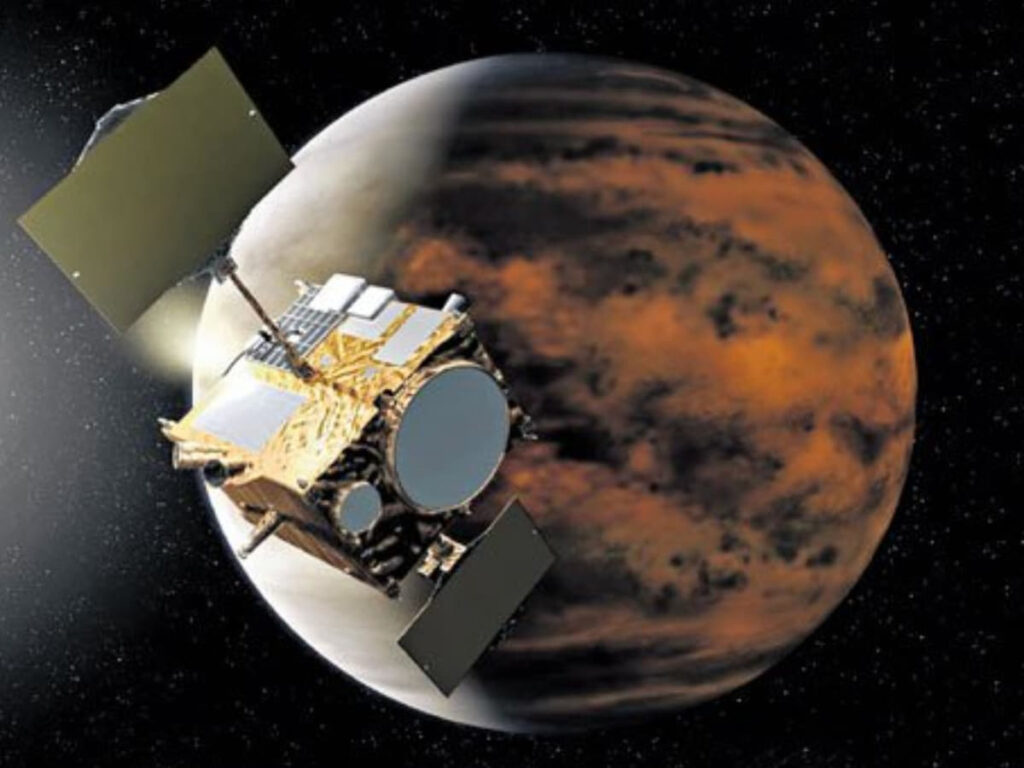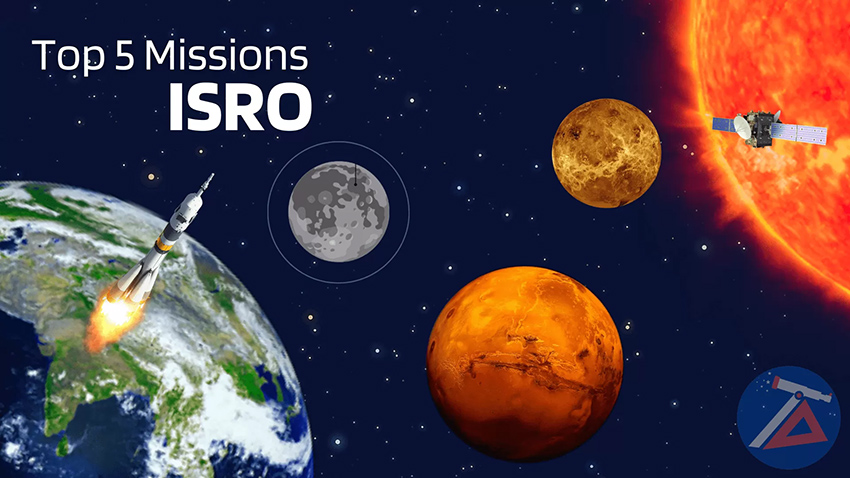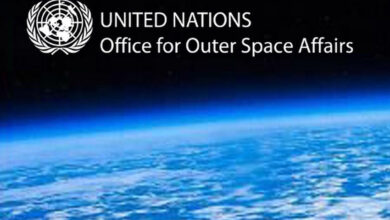‘Venus Mission Already Configured…’, says ISRO Chairman S. Somanath
By R. Anil Kumar
- In only six decades, India has rapidly ascended as a global frontrunner in space technology and exploration, with much credit attributed to the ISRO.
Bangalore, September 28. Indian Space Research Organisation (ISRO) Chairman S Somanath said that the mission to the brightest planet in the solar system, Venus is already configured adding that payloads have been developed for the future mission.

Addressing the Indian National Science Academy in Delhi, ISRO chief Somanath said, “We have a lot of missions in the conceptual phase. A mission to Venus is already configured. Payloads have already developed for it.”
Nearly a month after the Indian Space Research Organisation (ISRO) landed Chandrayaan-3 on the Moon and successfully roved over 100 meters around, it has now set sight on a new target – Venus.
ISRO chairman further stated that Venus is an interesting planet and exploring it will help answer certain questions in the field of space science.
“Venus is a very interesting planet. It also has an atmosphere. Its atmosphere is so thick. The atmospheric pressure is 100 times that of Earth and it is full of acids. You cannot penetrate the surface. You don’t know if its surface is hard or not. Why are we trying to understand all of this? Earth could be one day Venus. I don’t know. Maybe 10,000 years later we (Earth) change our characteristics. Earth was never like this. It was not a habitable place long long back,” he said.

Venus is the second planet from the Sun and is Earth’s closest planetary neighbour. It’s one of the four inner, terrestrial (or rocky) planets, and it’s often called Earth’s twin because it’s similar in size and density.
More recent Venus missions include ESA’s Venus Express (which orbited from 2006 until 2016) and Japan’s Akatsuki Venus Climate Orbiter (orbiting since 2016).
NASA’s Parker Solar Probe has made multiple flybys of Venus. On Feb. 9, 2022, NASA announced the spacecraft had captured its first visible light images of the surface of Venus from space during its February 2021 flyby.
Meanwhile, following the triumphant soft landing of Chandrayaan 3 on the lunar South Pole, ISRO launched the Aditya-L1 Mission to study the Sun in unprecedented detail.
In only six decades, India has rapidly ascended as a global frontrunner in space technology and exploration, with much credit attributed to the ISRO.
ISRO‘s laurels extend to space exploration as well, with feats like the Chandrayaan missions for lunar exploration, the Mars Orbiter Mission (Mangalyaan) in 2013—India’s inaugural interplanetary expedition—and the initiation of AstroSat in 2015, marking the country’s first dedicated astronomical pursuit.
The payloads for the mission have already been developed, marking a significant milestone in India’s space exploration endeavours, he said.
The mission, unofficially known as Shukrayaan, from Sanskrit words Shukra (Venus) and yana (craft, vehicle), is expected to be launched in the coming years.
The primary focus of the mission is to study the surface and atmosphere of Venus, which is thick and filled with acids.
Calling it an interesting planet, Somnath said that studying Venus could answer several questions in the space science field.”Venus is a very interesting planet. You cannot penetrate the surface, Somanath added.
ISRO’s 5 upcoming missions set to cement India’s position as a space power
India will perform five science missions by the year 2025

India is cementing its position as a dominant space power and the success of Chandrayaan-3 also boosted ISRO’s confidence to conquer new frontiers.
Indian Space Research Organisation (ISRO) has done 124 space missions, 93 space missions have been launched and many more missions are planned.
ISRO’s upcoming projects
Here are the 5 space missions ISRO is planning to launch in the coming years including the recently launched Aditya L1 Mission.
India has sent its spacecraft to study the Sun. Isro’s Aditya-L1 spacecraft will be placed in the halo orbit around Lagrange point 1 of the Sun-Earth system.
The L1 point is around 1.5 million km away from the Sun, the major advantage of placing the spacecraft at the L1 point is that it allows it to view the Sun continuously without any occultations or eclipses. Hence, we can observe solar activities in space weather in real-time.
X-ray Polarimeter Satellite (XPoSat)
X-ray Polarimeter Satellite or XPoSat is a planned mission by ISRO to study the dynamics of bright astronomical X-ray sources in extreme conditions.
The satellite will study the 50 brightest known sources in the universe such as pulsars, active galactic nuclei, black hole X-ray binaries, and non-thermal supernova remnants.
According to the ISRO website, space-based observatories share immense information about the spectroscopic and timing, but the exact nature of the emission from such sources still poses deeper challenges to astronomers.
NISAR
The joint project of Nasa and ISRO to develop and launch a dual-frequency synthetic aperture radar satellite called NASA-ISRO Synthetic Aperture Radar (NISAR). This satellite will be used for remote sensing and this will be the first dual-brand radar imaging satellite.
ISRO’s website says NISAR will map the entire world in just 12 days and share information to understand changes in the ecosystem of the earth, ice mass, vegetation biomass, groundwater, and natural hazards such as tsunamis, earthquakes, landslides, and volcanoes.
The NISAR satellite is expected to launch in January 2024.
Gaganyaan 1 and Gaganyaan 2
Gaganyaan, which is an Indian crewed orbital spacecraft, is intended to be the basis of the Indian Human Spaceflight programme.
ISRO developed Gaganyaan to carry three people and the upgraded version will be equipped with the capability of rendezvous and docking.
ISRO will conduct two flight tests before launching its first-ever crewed mission with Gaganyaan-3.
Gaganyaan-1 and Gaganyaan-2 are expected to be launched by the end of this year and in the mid of next year, respectively.
Shukrayaan-1
Another major development by ISRO is Shukrayaan, which is India’s Venus orbiter mission, and the mission aims to understand the atmosphere of Venus.
The area of interest for the mission includes stratigraphy and re-surfacing processes of surface, subsurface and re-surfacing processes, then it will study atmospheric chemistry and the study of solar irradiance and solar wind interaction with the ionosphere of Venus.





